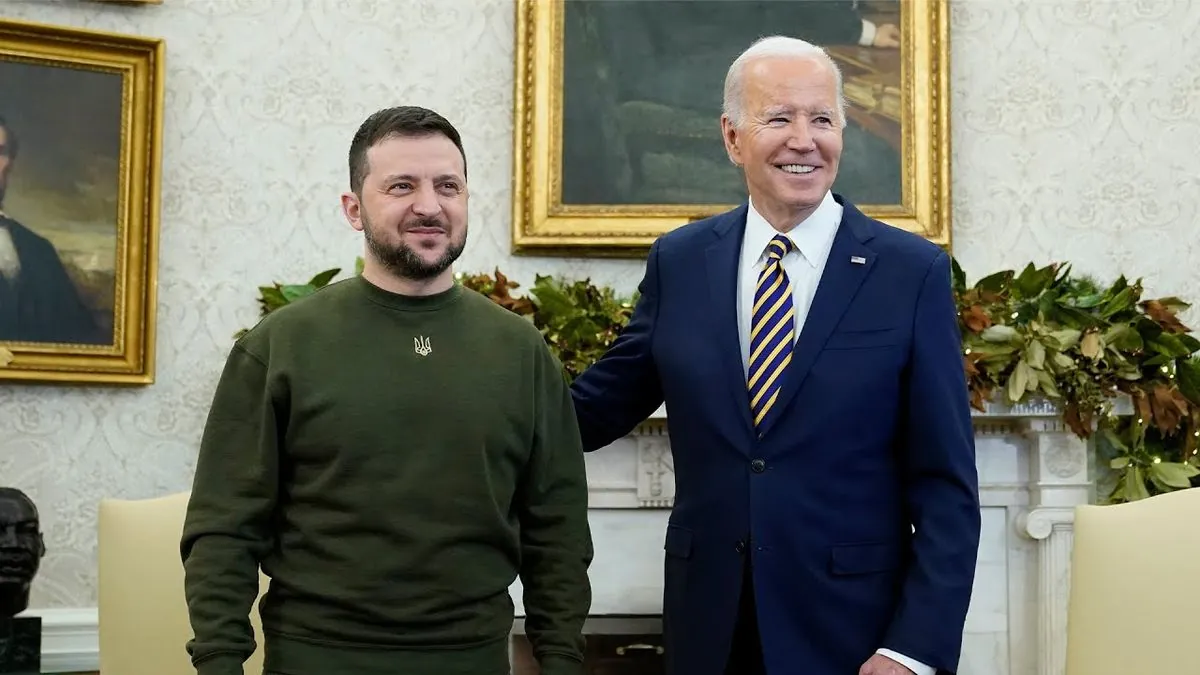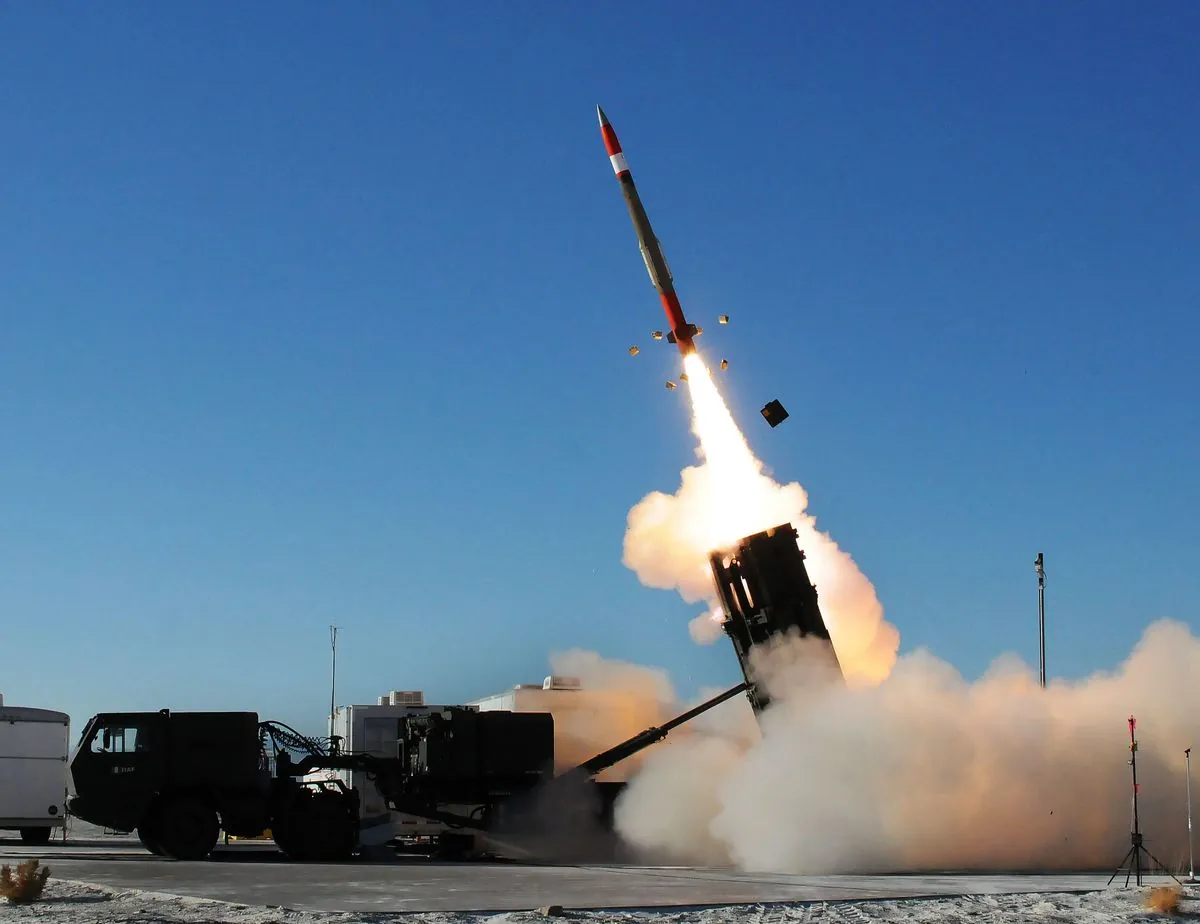Zelensky's US Visit Highlights Political Divide Over Ukraine Aid
Ukrainian President Zelensky's visit to the US sparks debate on military aid. Biden offers support without long-range strike authority, while Trump plans separate meeting amid growing Republican opposition.

Volodymyr Zelensky's recent visit to the United States has underscored the growing political divide over aid to Ukraine, as the country continues its struggle against Russian aggression. The Ukrainian leader's trip comes at a critical juncture, with the US presidential election looming and support for Ukraine becoming an increasingly contentious issue.
On September 26, 2024, President Joe Biden met with Zelensky at the White House, announcing a new military aid package while stopping short of granting Ukraine's request for long-range strike capabilities. The package includes additional air defense systems, such as a Patriot antiaircraft battery, and promises to train more Ukrainian F-16 pilots. Biden also pledged to provide the Joint Standoff Weapon (JSOW), a long-range glide bomb with a range of up to 130 kilometers.

While the aid package demonstrates continued US support, it falls short of Zelensky's primary request for ATACMS (Army Tactical Missile System) with a range of about 300 kilometers. The Biden administration's reluctance to provide these long-range weapons stems from concerns about potential escalation with Russia, which possesses the world's largest nuclear arsenal of approximately 6,000 warheads.
The political landscape surrounding Ukraine aid has become increasingly complex. Donald Trump, the former president and current Republican frontrunner, announced plans to meet with Zelensky on September 27, 2024. This meeting highlights the growing divide within the Republican party over support for Ukraine.
"If you continue the policy of holding Ukraine back because you're worried about escalation, you will doom them to lose."
However, many Republicans are pushing for reduced aid to Ukraine. The United States has provided over $75 billion in assistance to Ukraine since 2014, a figure that has become a point of contention among some lawmakers.
The Russia-Ukraine War, now in its third year, has had far-reaching consequences. It is the largest European conflict since World War II, with an estimated 1 million casualties on both sides. The war has also impacted global politics and economics, including the formation of new alliances and shifts in energy markets.
The conflict has particular significance for Eastern European diaspora communities in the United States. With over 1 million Ukrainian-Americans and approximately 9 million Polish-Americans, these groups represent important voting blocs in key swing states like Pennsylvania, Michigan, and Wisconsin.
As the US fiscal year draws to a close on September 30, 2024, questions remain about future funding for Ukraine. The Biden administration has utilized the remaining $7.8 billion allocated under the $60 billion supplemental bill passed in April, but further aid may face increased scrutiny from a divided Congress.
The ongoing debate over Ukraine aid reflects broader questions about US foreign policy, NATO's role in European security, and the balance between supporting allies and avoiding direct confrontation with nuclear-armed adversaries. As the US presidential election approaches, these issues are likely to remain at the forefront of political discourse, shaping both domestic and international relations in the months to come.


































